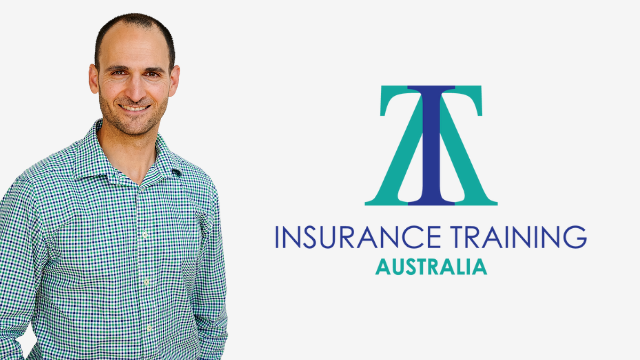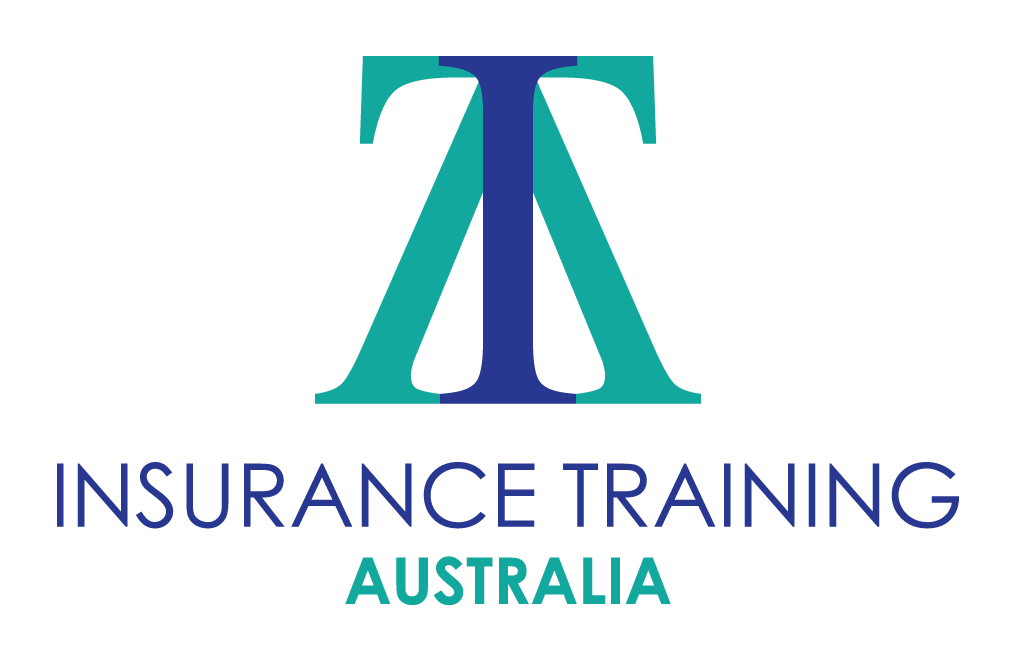Broker Tips to Navigate a Hard Market

I wish to preface this article by stating that different insurance professionals will have different views on the current state of the market. Opinions may vary due to numerous reasons including the products they sell, their clients’ industries, their negotiation skills, and their market relationships.
For example, recent market corrections for corporate D&O have had a positive impact on that product’s hard market, whilst the Cyber market has just begun to harden.
Even if you are not operating in a hard market, the following tips will be useful to you as they focus on practical, professional methods to enhance your client and underwriter relationships.
Tip #1: Pre-Renewal Discussion with Underwriter
Before even engaging with the client (see Tip #2), I recommend that you have a pre-renewal discussion with your client’s underwriter(s) about what you and they should be expecting at renewal. Ask the underwriter to provide their thoughts on where your client may stand in relation to any changes to the premium, excess, capacity and/or coverage. Also try to gauge how long it will take the underwriter to provide renewal terms (once they have received all the necessary renewal information from you).
Engagement with the underwriter is a relationship building exercise which is even more critical during a hard market. Speaking to underwriters also enhances your market intelligence which should be shared with your colleagues.
Tip #2: Explain Market Conditions and Renewal Expectations with Client Early
This tip needs to be done thoroughly and early. When I state “early”, I mean advising clients well prior to renewal (2 to 3 months before renewal is recommended), of what they should be expecting with their renewal terms. The conversation would be based on the discussion you had with the underwriter (see Tip #1). Articles and statistics that substantiate the hard market narrative can also be provided.
Remember that managing the message with your clients is of vital importance. Having good knowledge and information to share with them is an essential part of creating and maintaining your credibility in your clients’ eyes. If you manage the process well and are up-front and honest, it will hold you in good stead with them. However, if you are afraid to deliver bad news at the pre-renewal stage, the bad news will only become more difficult to deliver as you approach renewal. Your client will be less forgiving too.
The delivery of bad news is an area where brokers often let themselves down. Whilst delivering bad news is difficult, not preparing a client for a bad outcome is far worse.
Tip #3: Focus on Rate Increases rather than Premium Increases
When speaking to your clients, focus more on rate increases than premium increases. This can be particularly useful if your client’s business has grown. Let me explain, the insurer has a rate that they apply to a metric (usually your client’s revenue in one form or another). For different policies it could also be your client’s employee numbers, total assets, or the number of locations they have (or a combination of these). If your client’s revenue has increased by 10% and the premium also increases by 10%, then the rate has technically remained the same. Compare communicating that message to a client with the simple line “the premium has gone up by 10%”. There is a big difference in perception from your client’s perspective.
It is also possible that your client’s revenue has decreased (particularly with Covid). Therefore, keep various strategies in mind when communicating with your clients about premium changes.

Tip #4: Provide Clients with Higher Excess Options
Higher excesses often mitigate premium increases. Clients will often ask for this when they see the increase in premium. As a broker it is much better to be proactive and seek these options upfront for the client’s consideration. This is something that can be discussed in the pre-renewal discussion with the underwriter and the pre-renewal discussion with the client (see Tips #1 and #2).
Importantly, if you present a higher excess as an option, always ensure that the client would be able to pay the higher excess amount on multiple, unrelated claims.
I wish to note that depending on the nature and size of the client, your communication about all the above may be very structured and in-person, or possibly something you simply address in an email. Having been a broker for many years, I realise that time constraints do not allow a “high touch” approach with all your clients.
Please note that the topic discussed in this article, and many others, are more thoroughly examined in our ANZIIF / NIBA accredited training modules delivered in-person or live on-line. In addition to our modules, we also conduct training on specific topics and mentoring services to insurance professionals. Given my 18 years of broking experience I thoroughly understand what brokers do and am passionate about imparting my knowledge and experience with you. I hold a Master in Risk Management & Insurance and am also a qualified trainer. I would love to assist you with your training needs.
Disclaimer: The information provided in this article is not, and is not intended to, constitute legal or financial product advice. It is intended to provide general information in relation to the topic being discussed which is only current as at the date of this article.
The information contained in this article is protected by copyright.

